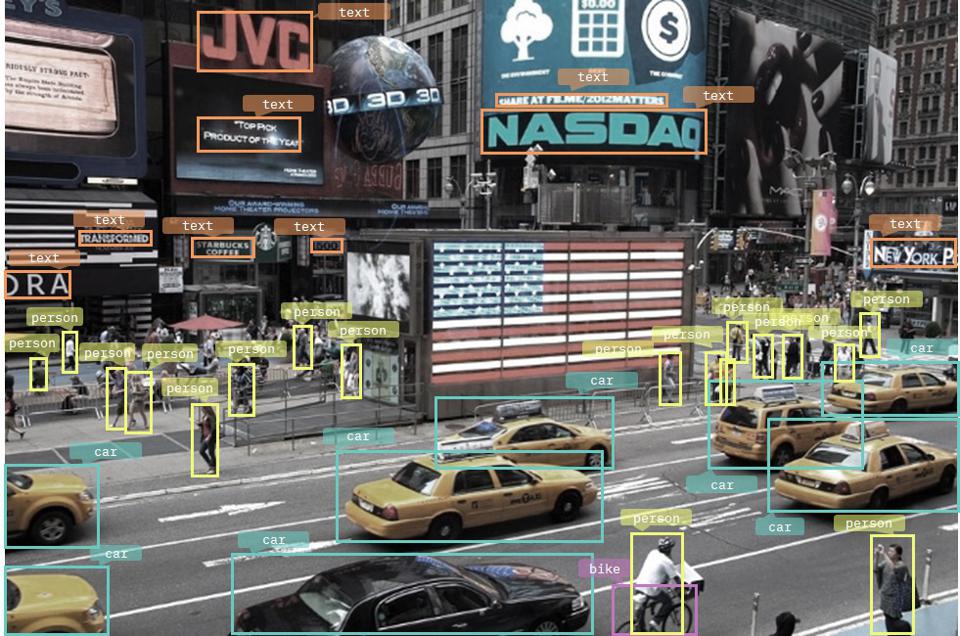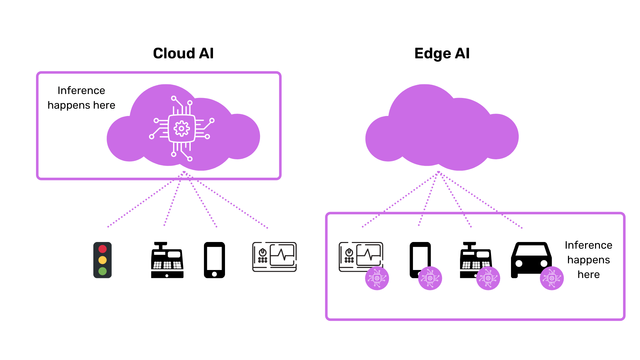
Generative Adversarial Networks ("GANs") are powerful machine learning algorithms which produce de novo works. SkeGAN (developed by the Indian Institute of Technology Hyderabad) is an example of this type of technique. This algorithm creates vector sketches from strokes. This method is highly effective in recognizing and identifying patterns within images.
Generative Adversarial Networks
One way to use machine learning to improve classification accuracy is to implement generative adversarial networks. Generative antagonistic networks produce data samples that look like real-world data. These models can then be trained using the PyTorch library. It is included in both the Anaconda Python distribution and the conda package manager system. These libraries are available as part of Setup Python for Machine Learning for Windows.

Dual Video Discriminator GAN (DVD-GAN)
DeepMind has created a dual video discriminator, the DVD–GAN. DVD-GAN has two distinct discriminators that can analyze single-frame content. It can process videos with up to 48 frames per second. It produces high-quality outputs at lower resolutions, which reflect the object composition's quality and texture. The dual video discriminator's dueling nature is demonstrated in Figure 1a.
StyleGAN
Nvidia researchers have developed a new kind neural network called StyleGAN. StyleGAN, which was introduced by them in December 2018, has been made freely available. Nvidia researchers have honed the new technology to improve computer vision. The network has been very popular, and they are looking to improve it. They use an algorithm known as generative adversarial networks to accomplish this. StyleGAN was designed to recognize human faces and create a model using images.
DCGAN
DCGAN (deep convolutional neural network) is a deep convolutional network (CNN), based on batch normization. It uses leaky ReLU activation functions and batch normalization layers to build its architecture. DCGAN's paper explains first how to initialize model weights. This function uses the Normal distribution with a median of zero and standard deviation of 0.02. The network then re-initializes itself with the same values for all layers.

GaN HeMTs
GaN HEMTs have a high reliability and are closely linked to their expected life expectancy. The reliability of a GaN HEMT is measured in terms o the mean time to failure (MTTF), which is a measure of its reliability. During the design phase the device is placed under stress until it gives up. Additionally, improving device reliability can reduce the chance of it failing. This article will examine some of the issues associated with measuring and predicting GaN HeMTs' reliability.
FAQ
How does AI impact the workplace?
It will transform the way that we work. We will be able to automate routine jobs and allow employees the freedom to focus on higher value activities.
It will increase customer service and help businesses offer better products and services.
It will help us predict future trends and potential opportunities.
It will allow organizations to gain a competitive advantage over their competitors.
Companies that fail AI implementation will lose their competitive edge.
What is the newest AI invention?
The latest AI invention is called "Deep Learning." Deep learning is an artificial intelligent technique that uses neural networking (a type if machine learning) to perform tasks like speech recognition, image recognition and translation as well as natural language processing. It was invented by Google in 2012.
Google was the latest to use deep learning to create a computer program that can write its own codes. This was done with "Google Brain", a neural system that was trained using massive amounts of data taken from YouTube videos.
This allowed the system's ability to write programs by itself.
IBM announced in 2015 that it had developed a program for creating music. Music creation is also performed using neural networks. These networks are also known as NN-FM (neural networks to music).
Where did AI originate?
The idea of artificial intelligence was first proposed by Alan Turing in 1950. He stated that intelligent machines could trick people into believing they are talking to another person.
John McCarthy, who later wrote an essay entitled "Can Machines Thought?" on this topic, took up the idea. In 1956, McCarthy wrote an essay titled "Can Machines Think?" He described the difficulties faced by AI researchers and offered some solutions.
What is AI and why is it important?
It is predicted that we will have trillions connected to the internet within 30 year. These devices will include everything from cars to fridges. Internet of Things, or IoT, is the amalgamation of billions of devices together with the internet. IoT devices will be able to communicate and share information with each other. They will also have the ability to make their own decisions. Based on past consumption patterns, a fridge could decide whether to order milk.
It is anticipated that by 2025, there will have been 50 billion IoT device. This is a tremendous opportunity for businesses. But, there are many privacy and security concerns.
Statistics
- A 2021 Pew Research survey revealed that 37 percent of respondents who are more concerned than excited about AI had concerns including job loss, privacy, and AI's potential to “surpass human skills.” (builtin.com)
- That's as many of us that have been in that AI space would say, it's about 70 or 80 percent of the work. (finra.org)
- The company's AI team trained an image recognition model to 85 percent accuracy using billions of public Instagram photos tagged with hashtags. (builtin.com)
- In the first half of 2017, the company discovered and banned 300,000 terrorist-linked accounts, 95 percent of which were found by non-human, artificially intelligent machines. (builtin.com)
- According to the company's website, more than 800 financial firms use AlphaSense, including some Fortune 500 corporations. (builtin.com)
External Links
How To
How do I start using AI?
An algorithm that learns from its errors is one way to use artificial intelligence. This allows you to learn from your mistakes and improve your future decisions.
You could, for example, add a feature that suggests words to complete your sentence if you are writing a text message. It could learn from previous messages and suggest phrases similar to yours for you.
However, it is necessary to train the system to understand what you are trying to communicate.
To answer your questions, you can even create a chatbot. One example is asking "What time does my flight leave?" The bot will respond, "The next one departs at 8 AM."
If you want to know how to get started with machine learning, take a look at our guide.